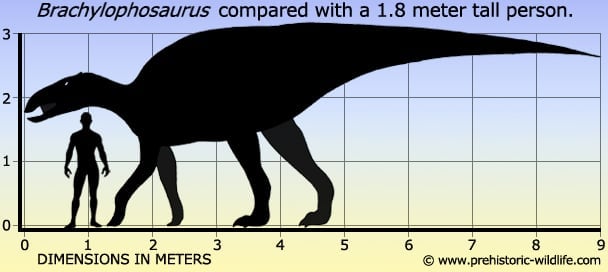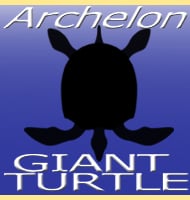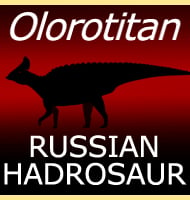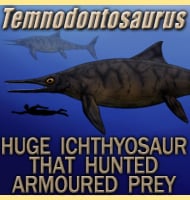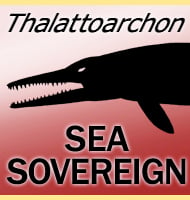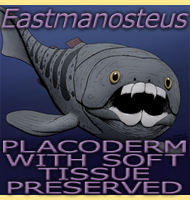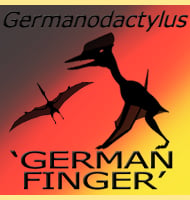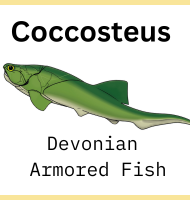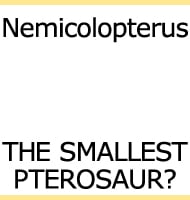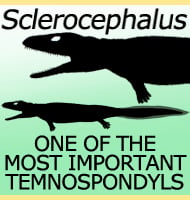In Depth
The first Brachylophosaurus remains were discovered in Alberta in 1936, but were not named until 1953 when Charles Sternberg made the description. A second species of Brachylophosaurus was named as B. goodwini by Jack Horner in 1988; however the wider consensus today is that these individuals are actually further individuals of the genus type species, B. canadensis. However in a twist to this, despite the type species name meaning ‘from Canada’, most Brachylophosaurus remains at the time of writing have been found across the border in the US state of Montana.
Some of the remains in Montana are of exceptionally well preserved individuals, some of which are amongst the best hadrosaur specimens currently known. The most famous of these discoveries were given the nicknames ‘Elvis’, ‘Leonardo’, ‘Roberta’ and ‘Peanut’. ‘Leonardo’ in particular has become particularly famous and is known as the ‘dinosaur mummy’ because the body had been naturally mummified before being fossilised. Although not the first dinosaur mummy to ever be discovered, ‘Leonardo’ was a subadult that was preserved at almost ninety per cent complete, and reveals details such as muscle positions, builds, tendons, skin pouches and even a frill than ran down the back. However while the discovery of Leonardo has helped to confirm and reveal some details about what hadrosaurs looked like, how the dinosaur came to be mummified is still not fully explained since it seems to have lived in a wet environment, and mummification usually only occurs in dry/arid conditions. It is not impossible that a different form of preservation preserved the soft tissues before they decomposed, perhaps in a similar manner to how the soft tissues of some fish such as the placoderm Eastmanosteus and the shark Cladoselache have been preserved. As living dinosaurs, Brachylophosaurus was quite unique amongst other hadrosaurs. One identifying feature is the flat crest on top of the skull, but there seems to be two different versions with some individuals having crests that were much smaller than others. One theory to explain this is sexual dimorphism where males presumably had larger crests than females for display purposes. Further inference of the enlarged crests is that they may have been used for ‘head pushing’ contests as opposed to outright ‘butting’, but this idea is widely accepted, and remains a possible as opposed to a probable theory. Another noteworthy set of features for Brachylophosaurus are the fore limbs which are proportionately longer than those of most other hadrosaurs. Additionally the upper jaw is also proportionately wider than other genera.
On a final note about the biology of Brachylophosaurus, a 2003 study by Rothschild et al found that Brachylophosaurus specimens displayed a number of tumours. It is impossible to say with certainty what kinds of tumours these were, but they may have been benign hemangiomas, bone tumours (desmoplastic fibroma) to even cancerous tumours. These tumours may also be a sign of Brachylophosaurus representing an inbred genus of hadrosaurs which had little genetic diversity within the population, hence increasing the chance of ailments like tumours forming. These are backed up by the observation of the majority of other hadrosaur genera which have little to no signs of tumours.
Likely shared its habitat with other plant eating dinosaurs such as the ceratopsian Chasmosaurus as well as the more famous hadrosaur Parasaurolophus. Predatory threats to Brachylophosaurus may have come from the tyrannosaurs Daspletosaurus and Gorgosaurus.
Further Reading
– A new hadrosaur from the Oldman Formation of Alberta: Discussion of nomenclature. – Canadian Department of Resource Development Bulletin. 128: 1–12. – Charles M. Sternberg – 1953. – New information on the cranium of Brachylophosaurus, with a revision of its phylogenetic position. – Journal of Vertebrate Paleontology. 25 (1): 144–156. – Alberto Prieto-Marquez – 2005. – ‘Leonardo’, a mummified Brachylophosaurus from the Judith River Formation. – nate L. Murphy, David Trexler & Mark Thompson – 2006. – A New Brachylophosaurin Hadrosaur (Dinosauria: Ornithischia) with an Intermediate Nasal Crest from the Campanian Judith River Formation of Northcentral Montana. – Plos One. – Elizabeth A. Freedman Fowler & John R, Horner – 2015.
